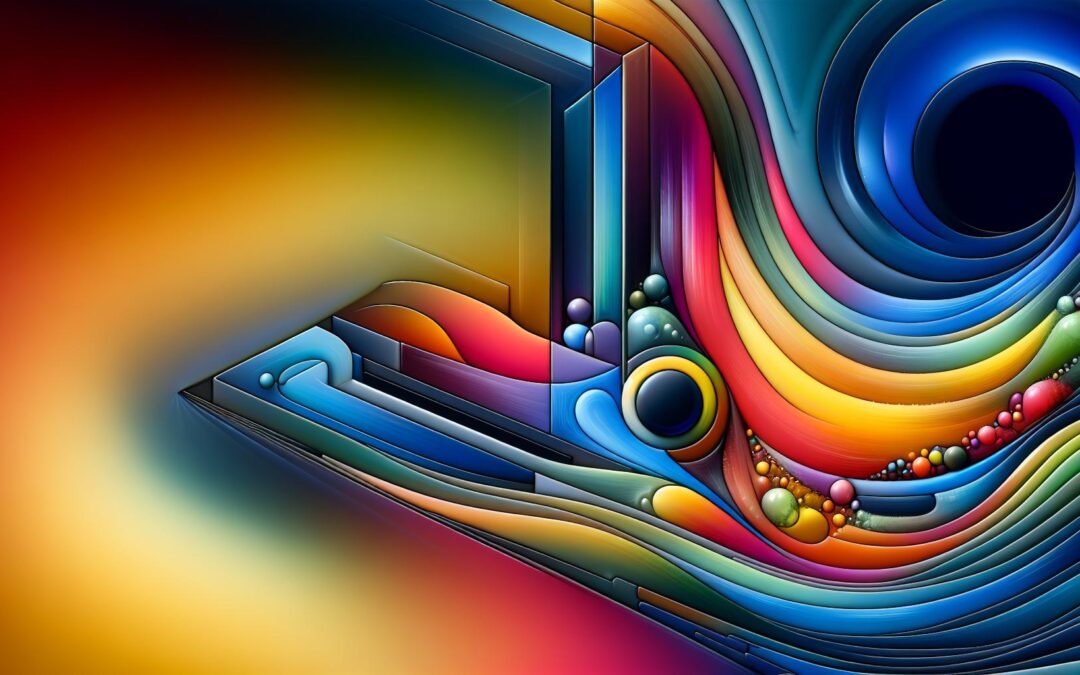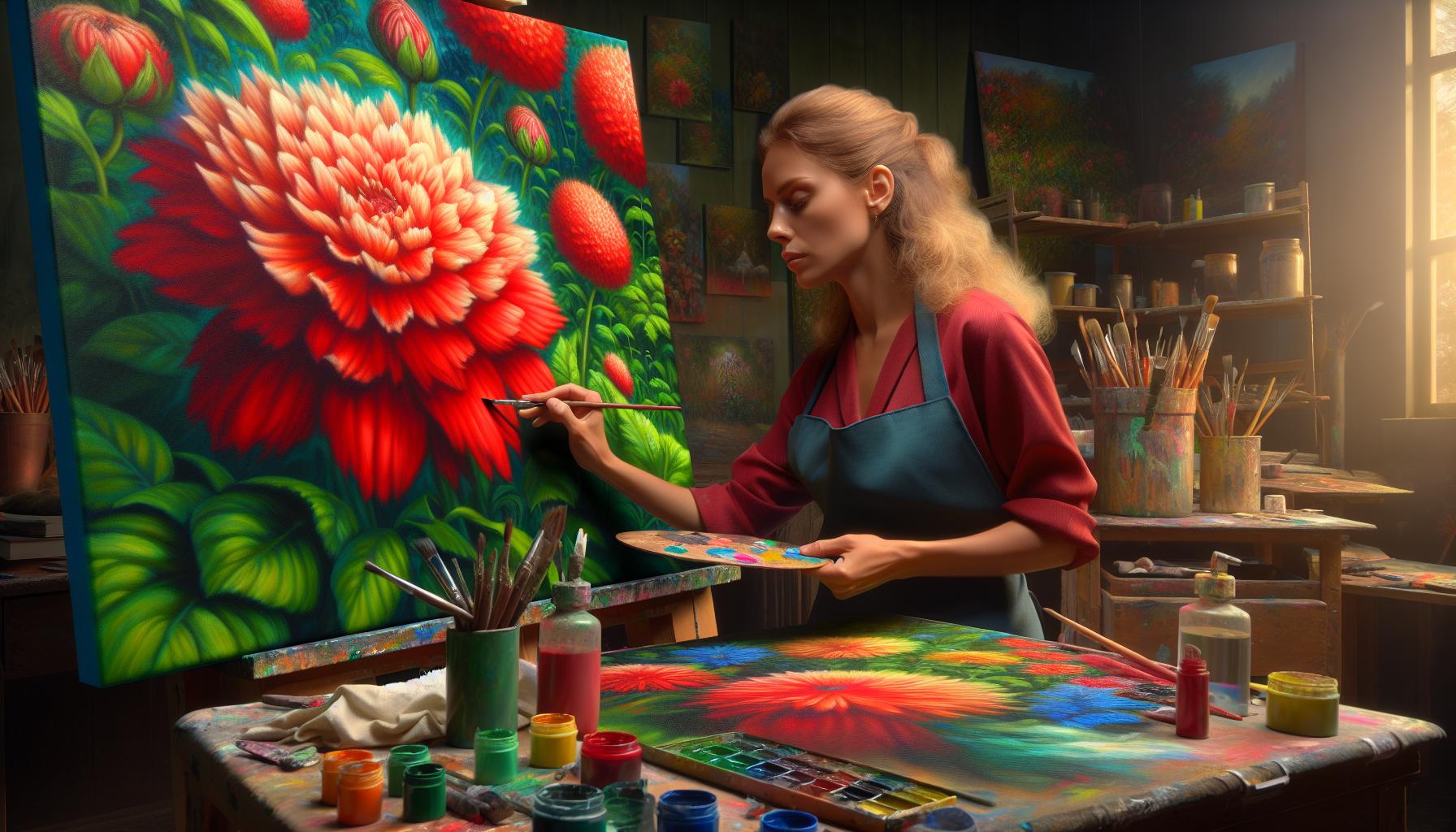In the realm of art, emphasis serves as a powerful tool that guides viewers’ attention and shapes their experience. Artists skillfully use this element to highlight specific areas within their work, creating focal points that draw the eye and evoke emotion. Whether through color, size, or placement, emphasis transforms ordinary compositions into captivating visual narratives. Understanding how emphasis works can elevate both the creation and appreciation of art. It not only enhances the aesthetic appeal but also communicates deeper meanings and messages. By mastering this essential element, artists can engage their audience more effectively, ensuring their work resonates long after the initial glance. Exploring the nuances of emphasis reveals the intricate relationship between form and meaning, enriching the overall artistic experience.
Emphasis Art Element
Emphasis in art refers to the techniques used to draw attention to specific areas within a composition. This art element plays a crucial role in guiding viewers’ eyes and enhancing overall engagement.
Definition of Emphasis
Emphasis signifies the focal point created through deliberate artistic choices. Elements such as contrast, color saturation, and size contribute to this definition. For example, a bright red object amidst muted tones captures immediate attention. Artists define emphasis through visually distinct features that stand out against their surroundings.
Importance in Art Composition
Emphasis significantly impacts art composition. It directs viewers’ focus, helping them navigate complex visual narratives. By establishing a clear hierarchy within the artwork, artists instill meaning and emotion. For instance, significant figures in paintings often appear larger or brighter, visually prioritizing them over background elements. Emphasis fosters a connection between the viewer and the artwork, enriching aesthetic appreciation and engagement.
Techniques to Create Emphasis
Artists employ various techniques to create emphasis, effectively guiding viewers’ attention toward specific elements in a composition. These techniques include color use, contrast and value, and size and scale, each contributing to the overall impact of the artwork.
Color Use
Artists utilize color strategically to create emphasis. Bright colors draw attention, while muted tones recede into the background. For instance, a vivid red flower against a green background immediately captures focus. Color can also express emotions, enhancing the viewing experience. By selecting complementary or contrasting colors, artists emphasize specific areas, directing viewers’ gaze effectively.
Contrast and Value
Contrast and value play a vital role in establishing emphasis within artwork. High contrast, achieved through juxtaposing light and dark elements, creates clear focal points. For example, a dark figure against a bright background stands out prominently. Value variation can also enhance depth, making certain areas appear closer or further away. By manipulating contrast and value, artists guide viewers’ eyes to intended focal areas and convey deeper meanings.
Size and Scale
Size and scale significantly influence emphasis in artistic compositions. Larger elements naturally draw the viewer’s attention first. For example, an oversized sculpture in a small room becomes the focal point of the space. Additionally, varying the scale of components within a piece can create visual interest and hierarchical importance. By altering size relationships, artists establish focal points that engage viewers and compel them to explore the artwork more thoroughly.
Examples of Emphasis in Famous Artwork
Emphasis manifests prominently across various artistic movements, showcasing how artists direct attention to specific focal points. The following examples illustrate both historical and contemporary use of emphasis in renowned artwork.
Historical Examples
- “The Night Watch” by Rembrandt (1642): This iconic painting utilizes light and shadow to create emphasis. The central figures are brightly illuminated, drawing viewers’ attention amidst a darker background. This chiaroscuro technique highlights the leaders of the group while guiding the eye through the scene.
- “The School of Athens” by Raphael (1509-1511): In this masterpiece, the central placement of Plato and Aristotle emphasizes their philosophical significance. The use of perspective converges at their feet, further enhancing their status and inviting engagement with the surrounding thinkers.
- “La Grande Jatte” by Georges Seurat (1884-1886): Seurat employs color and pointillism to create emphasis on specific figures amidst the tranquil setting. The contrasting colors and distinct outlines of figures in the foreground direct attention, transforming an ordinary park scene into a vivid tapestry of social interaction.
- Damien Hirst: Hirst’s use of color and form in his installation pieces often highlights themes of life and death. For instance, in “The Physical Impossibility of Death in the Mind of Someone Living” (1991), the preserved shark draws immediate attention, forcing a reflection on mortality and perception.
- Yayoi Kusama: Kusama frequently uses polka dots and bright colors in her installations to create emphasis. Works like “Infinity Mirrored Room” (2013) envelop viewers, directing focus inward and fostering a unique perception of space and self.
- Banksy: Known for street art, Banksy employs stark contrast and political satire. In works such as “Girl with a Balloon,” the girl’s bright red balloon stands out against a monochromatic backdrop, emphasizing themes of hope and innocence amidst urban decay.
The Role of Emphasis in Different Art Forms
Emphasis plays a critical role in various art forms, impacting how viewers engage with the work. In both visual and performance arts, emphasis guides attention and shapes emotional responses.
Visual Arts
In visual arts, emphasis manifests through techniques that create focal points, directing the viewer’s gaze. Artists often use color, contrast, and composition to establish areas of interest.
- Color: Artists frequently apply bold colors to attract attention. For example, Henri Matisse’s use of vivid hues in “The Dance” draws focus to the figures, creating a sense of movement.
- Contrast: High contrast between light and dark elements serves to highlight subjects. Caravaggio’s mastery of chiaroscuro in works like “Judith Beheading Holofernes” showcases this technique effectively.
- Placement: Strategic positioning within the composition can enhance emphasis. In Grant Wood’s “American Gothic,” placement of the figures against a simple background creates a strong focal point.
These techniques not only enhance the visual appeal but also communicate deeper meanings, ensuring that viewers connect with the artwork on multiple levels.
Performance Arts
In performance arts, emphasis shapes the audience’s experience through various elements like movement, dialogue, and staging.
- Movement: Choreographers often emphasize specific movements or expressions to convey emotions. A dancer’s high leaps in a ballet performance can symbolize joy or liberation.
- Dialogue: In theater, emphasis is placed through vocal delivery and pacing. A character’s heightened tone during a climactic moment captures the audience’s attention and heightens emotional impact.
- Staging: Set design and lighting contribute to emphasis as well. In a play, spotlighting a central character while dimming others can intensify focus on critical moments.
These methods ensure that performances resonate with audiences, facilitating a deeper understanding of the narrative and its themes. Through emphasis, both visual and performance arts create powerful, memorable experiences that leave lasting impressions. Emphasis serves as a vital component in the realm of art, influencing how viewers engage with and interpret a piece. By skillfully manipulating elements like color, size, and contrast, artists can create compelling focal points that resonate emotionally. This intentional direction of attention not only enhances the visual experience but also fosters a deeper connection between the artwork and its audience. Through the mastery of emphasis, artists unlock the potential to communicate complex themes and narratives, ultimately enriching the viewer’s appreciation of their work. The significance of emphasis transcends artistic movements and forms, underscoring its universal role in shaping artistic expression.


